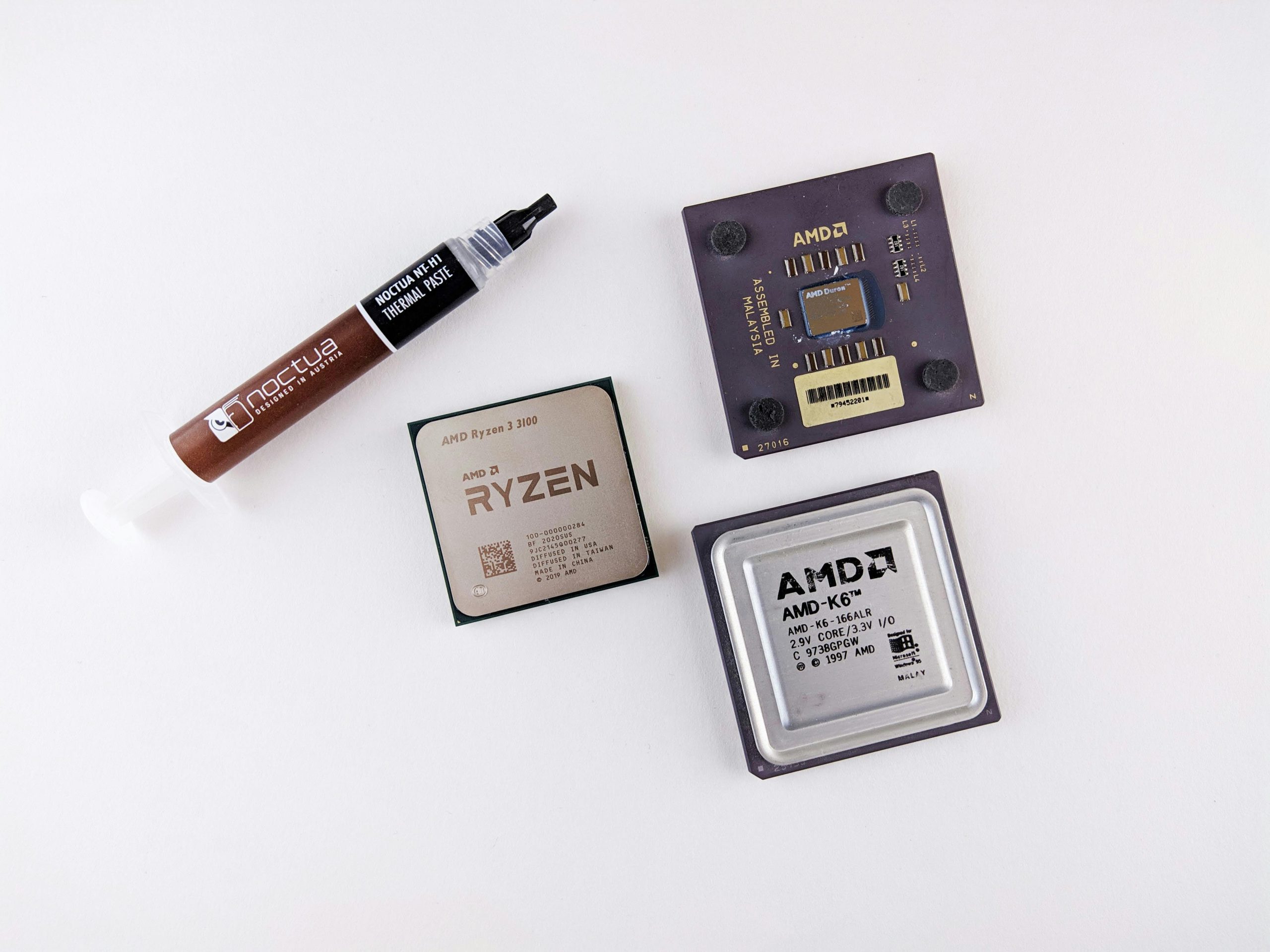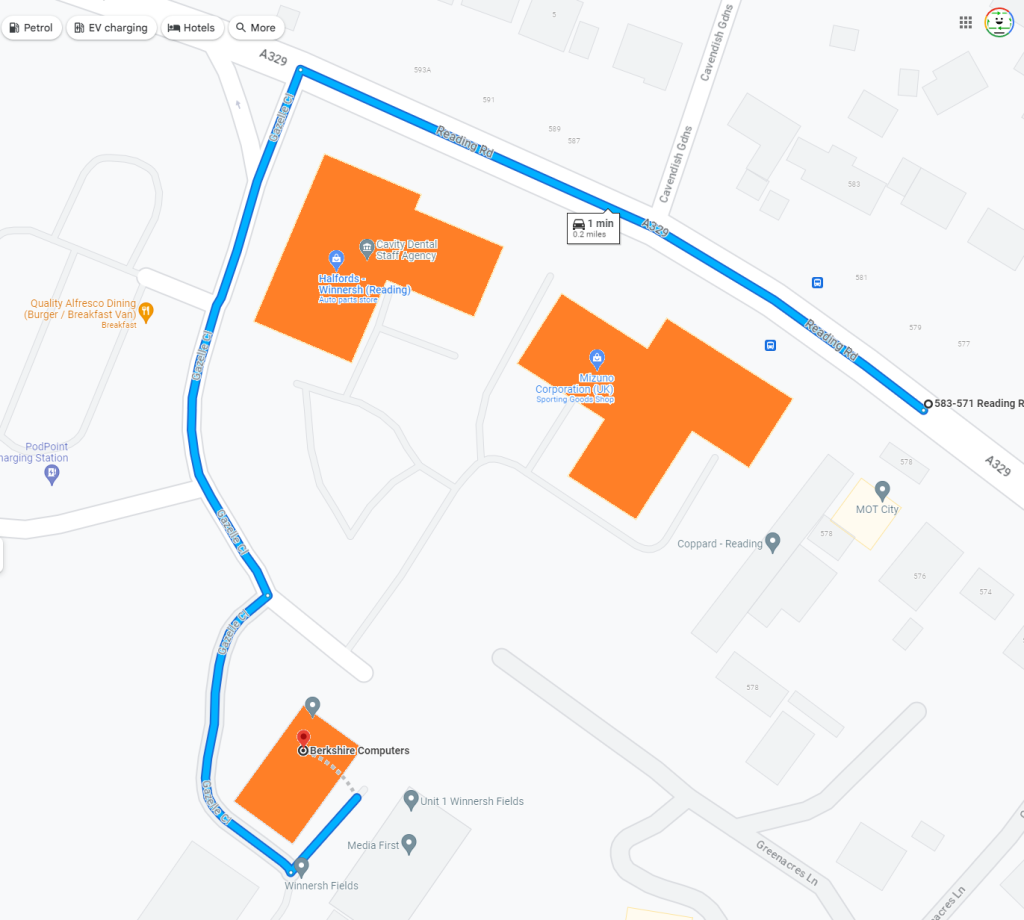Troubleshooting a PC Thermal Paste Change Gone Awry: My Experience
Recently, I encountered a rather frustrating situation while upgrading my computer. After receiving a brand-new SSD that I purchased on Black Friday, I decided it was the perfect opportunity to also replace the thermal paste on my CPU. What seemed like a straightforward task quickly turned into a troubleshooting nightmare that I’d like to share with fellow tech enthusiasts.
The Initial Upgrade
Upon receiving my SSD, I eagerly opened up my PC. I did have to exert some force to detach the heatsink, but after changing the thermal paste and installing the SSD, I was confident that I had everything back together properly. However, when I powered on the machine, it lit up, but nothing appeared on the screen—not even the BIOS screen. A sense of dread washed over me.
Re-Evaluating Connections
In an attempt to solve the problem, I reseated the heatsink and removed the newly installed SSD, thinking that would resolve the issue. Even after ensuring the heatsink was correctly positioned, the computer still wouldn’t display anything.
Next, I decided to take a more drastic measure: I removed the processor from its socket and reinstalled it, which required me to temporarily detach a nearby RAM stick. Miraculously, the computer came back to life, and I even managed to access the BIOS. However, in my excitement, I forgot to put the RAM stick back in.
The New Dilemma
Reinstalling the RAM stick, I expected everything to work seamlessly—after all, the computer functioned without it. But to my dismay, the system failed to boot, and I couldn’t even reach the BIOS when the RAM was connected. I removed it again, and shockingly, the computer ran perfectly fine without that stick.
As I pondered the situation, my concern shifted to whether the RAM stick had somehow malfunctioned. Wouldn’t I be able to access the BIOS if the memory was the sole issue?
Digging Deeper into the Problem
In a twist of fate, I realized I was no longer getting any signal, whether RAM was installed or not. This led me to suspect that I had inadvertently damaged the CPU during the process. My experiences thus far had taught me one thing: I needed to troubleshoot meticulously.
Upon inspecting the RAM slots, I discovered the root of the problem: one of the slots was defective. Using any of my RAM sticks in a different slot allowed the
Share this content:



